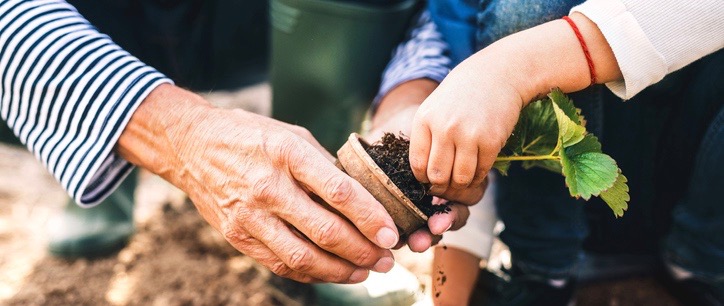
This Spring, Let Your Garden Grow
Not sure what you want to plant in your yard? Maybe you have a “black thumb,” and everything you plant eventually succumbs to pests or rot? Try some native plants from Louisiana!
With native plants, your fauna will have a much better chance of thriving in our strange, swampy, sweltering environment than if you planted, say, high desert plants, or Pacific rainforest plants. Native plants are already adapted to our soil and climate, so they require less pesticides and fertilizers.
Louisiana hosts an unfortunate number of invasive species, so for Louisiana homeowners, it’s often confusing to know exactly what Louisiana native plants are and where to plant them. Below is a quick guide for the casual Louisiana gardener with links to additional resources.
Louisiana Native Flowering Plants
Louisiana Phlox (Phlox divaricata)
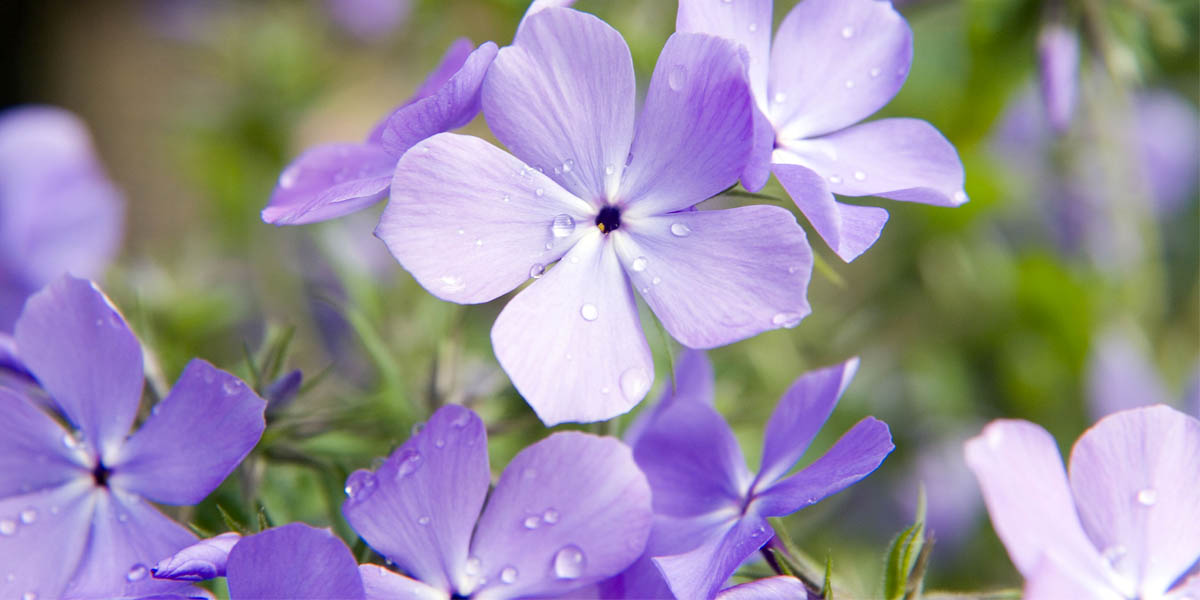
If a flower is named after a state, it’s a safe bet to assume that flower is native to the state. Louisiana Phlox, also known as Wild Blue Phlox or Woodland Phlox, is a perennial that enjoys partial shade to full sun, emits a yummy fragrance, loves moist soil, and doesn’t mind the salt in our soil.
As an added bonus, its nectar is beloved by hummingbirds and butterflies! Phlox flowers form in white and lavender or blue clusters. The plant tends to spread out, so it makes a gorgeous groundcover. In the fall, its leaves turn wine-colored.
Plant Phlox 16” apart and trim back after spring flowerings to encourage new growth. If you want to propagate, divide your stems every 3-5 years, right after spring flowering.
Louisiana Iris (Iris brevicaulis, Iris fulva, Iris giganticaerulea, Iris hexagona and Iris nelsonii)
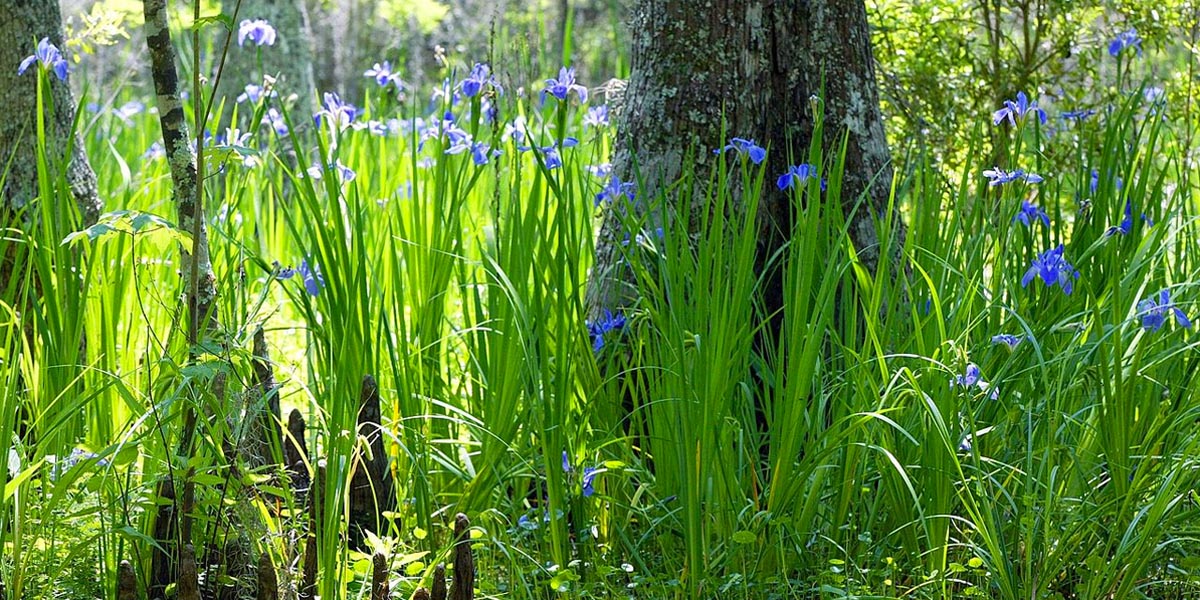
The best time to plant these amazing flowers is in August or September, when they’re dormant. They can also be planted in spring, when they are in full bloom, but they have to be handled extra-carefully to avoid damaging the plant or bulb.
Irises grow well in aquatic gardens as well as moist, boggy soil. They need at least six hours of direct sun and should be planted in about three inches of compost or peat. Plant the rhizome at soil level and stake as necessary, spacing your plants about a foot apart.
Luna Hibiscus
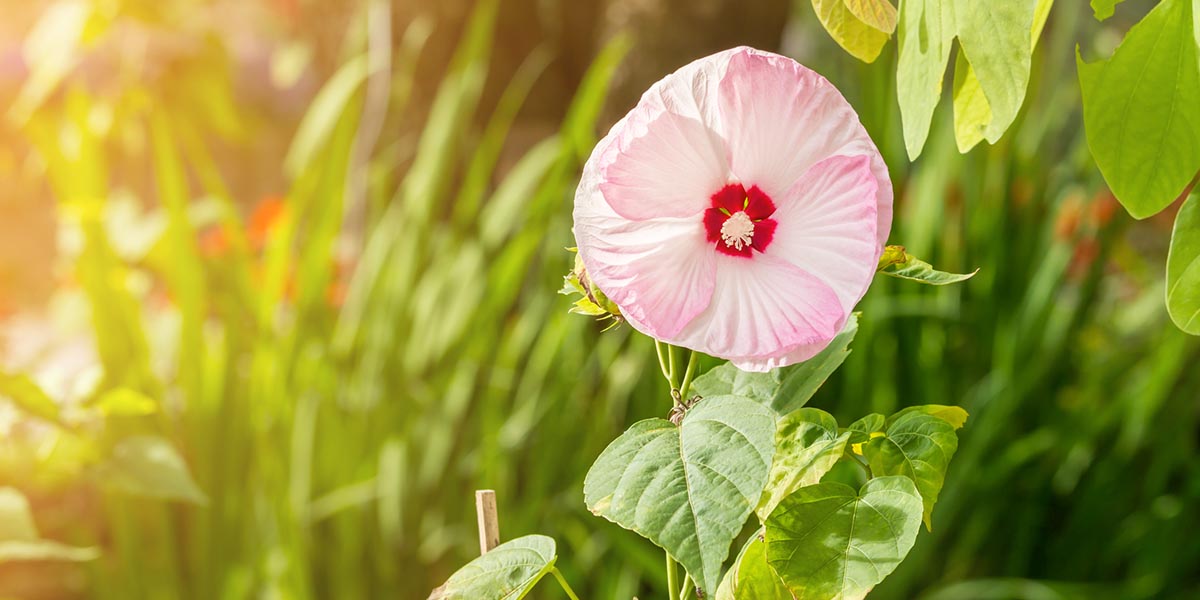
Luna Hibiscus explodes each spring into huge (7-8 inch) pink and white blooms that attract butterflies. The flowers grow best in full sun, spaced a couple of inches apart. Plant them in moist, well-drained soil in mid to late spring.
Louisiana Native Shrubbery
Virginia Willow (Itea virginica Henry’s Garnet)
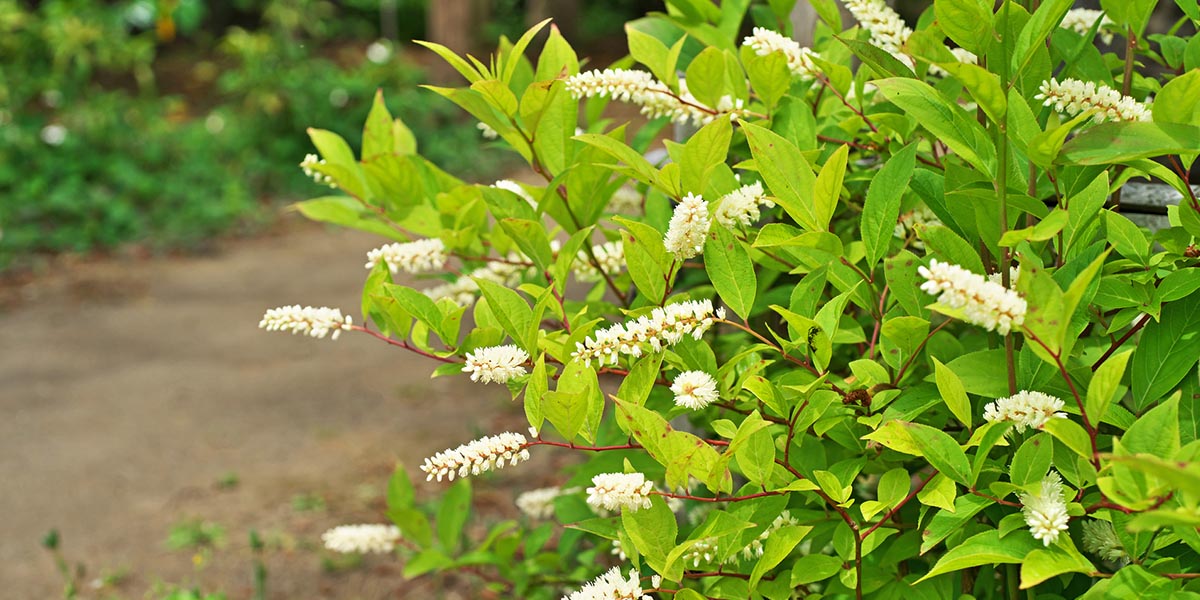
The Virginia Willow, also known as Virginia Sweetspire, is a hardy flowering shrub with leaves that turn red in fall. The shrub grows to about four feet tall and may spread up to five feet. It thrives in sun or shade, but sun produces the best fall color. You can plant these toughies in either spring or fall, with a few inches of compost and the root ball level with the soil. Don’t forget to mulch after planting!
Spicebush (Linderia benzoin)
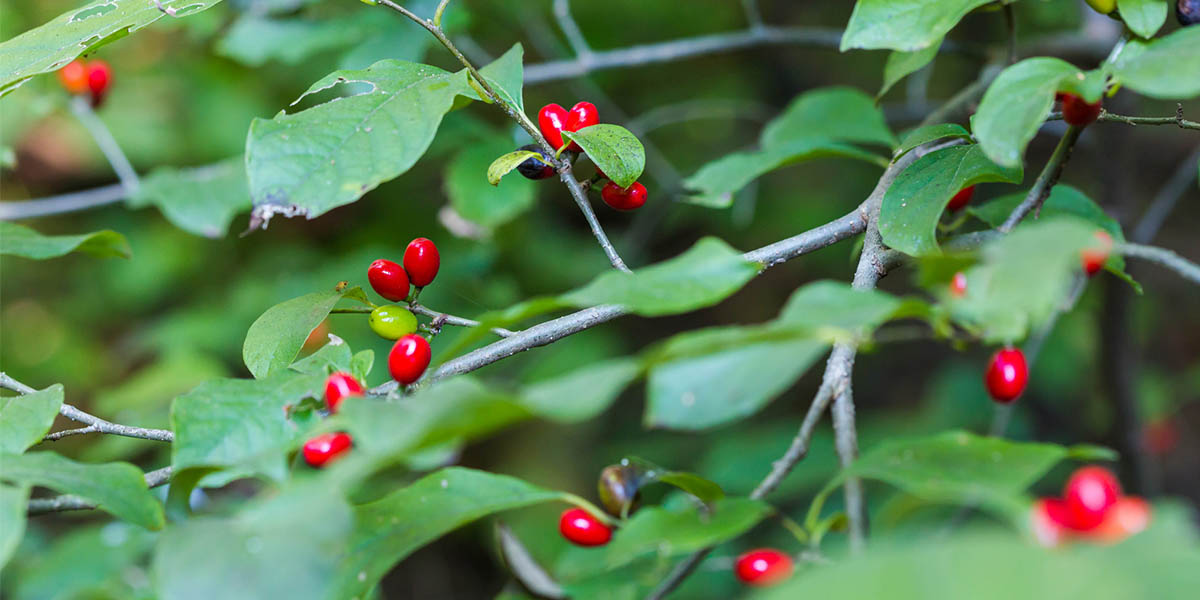
Dinner ingredients plucked out of the yard? Yes, please! Spicebush can grow 6-12 feet high and wide in moist soil. It enjoys full sun but will also grow in shade. Its green leaves give off a spicy scent and turn yellow in the fall when its small red fruits mature. These fruits can be used in recipes that call for All Spice.
Swamp Azalea (Rhododendron viscosum)

This beautiful, multi-stemmed, flowering shrub grows about 8 feet tall with an 8 foot spread. From spring to summer it has fragrant white or pink blooms. It enjoys partial shade and attracts butterflies and hummingbirds.
Additional Louisiana Gardening Resources
There’s more to learn about native Louisiana plants than we can ever put here! If you’re interested in additional resources, check out:
- NOLA.com
- Louisiana Travel
- LSU Ag Center
Written By: Farm Bureau Insurance
Thanks for Blogging with us!
